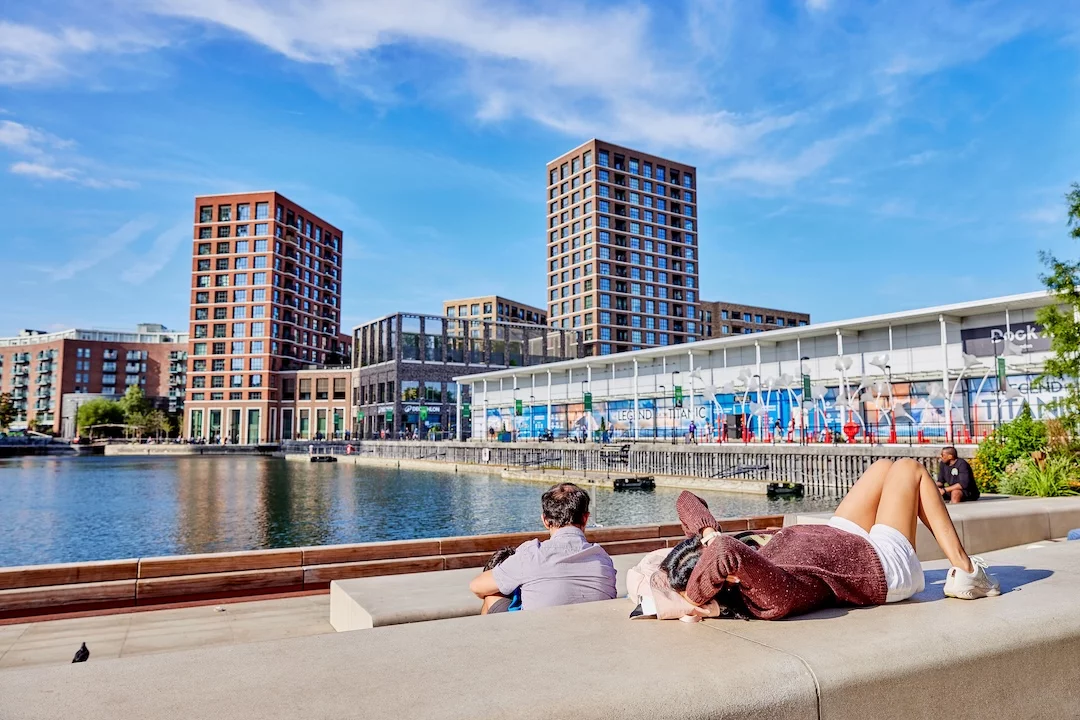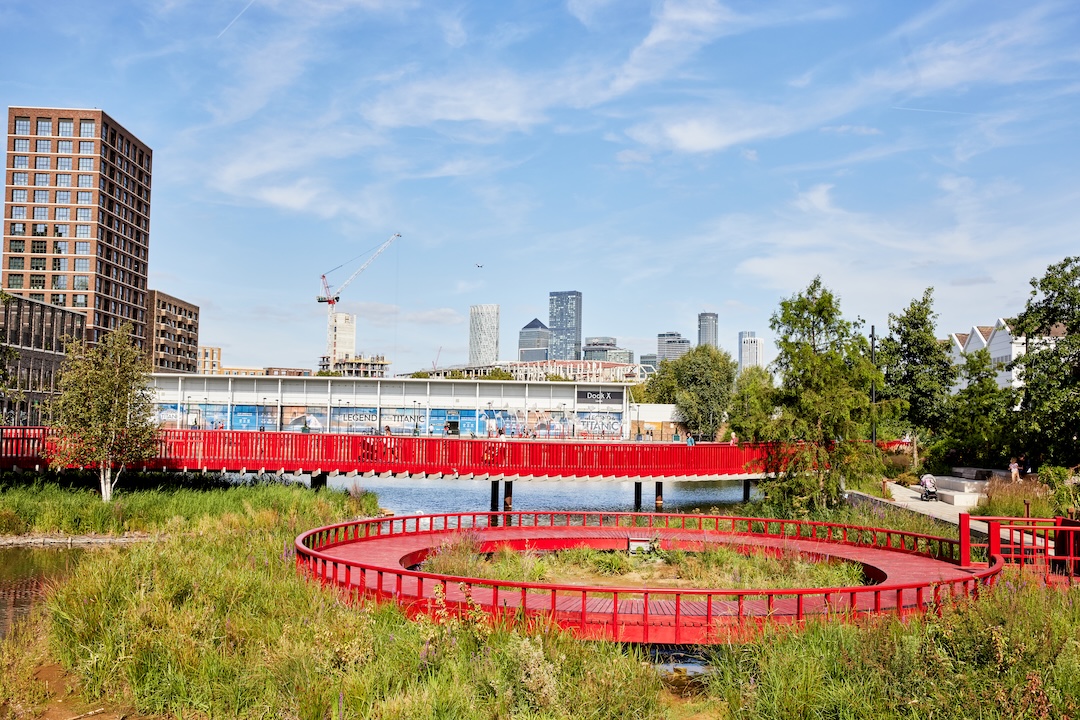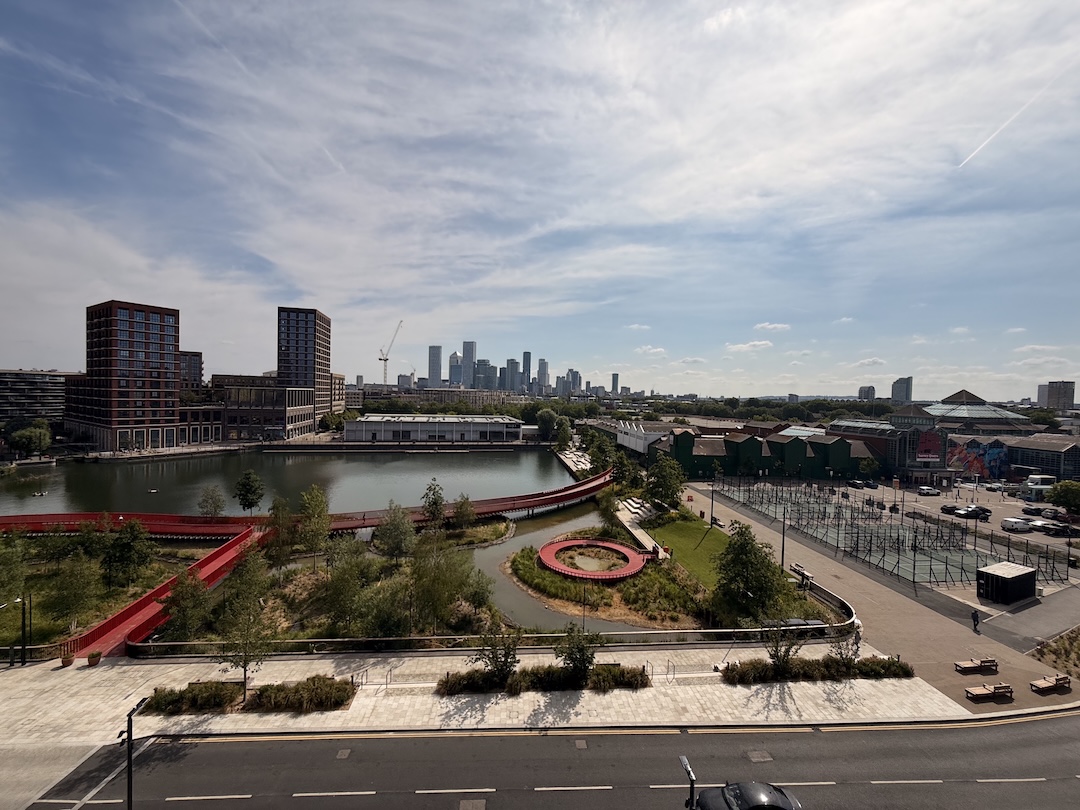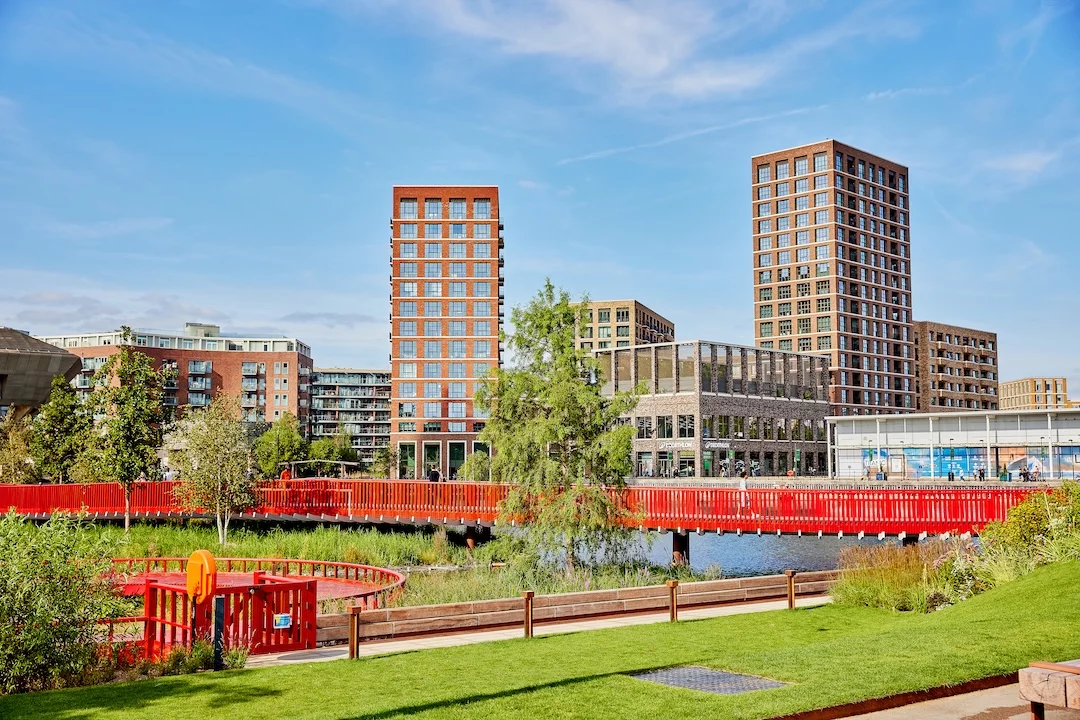Both Formula One and investment bank Evercore have revealed their plans to relocate from Mayfair to Victoria. Could they be paving the way for other major players to benefit from a move out of core? We talked to leading agents Richard Howard, Executive Director at CBRE, and Alistair Brown, Head of UK Leasing at Cushman & Wakefield, to get their expert take.
“We have recently seen certain occupiers looking and moving further afield,” explains Howard. “Which is due to lack of space and availability and development pipeline, but also just being a bit more open-minded about where they’re prepared to base their business.”
Companies are still concerned with their employees’ commutes and how that impacts their ability to attract and retain the best talent. However, this focus on talent retention also requires them to identify the optimal business location – one that is rich in amenities and other features. In a supply-constrained market, achieving both goals is becoming increasingly challenging, and ‘the best building and environment in a new location’ can be a solution.



